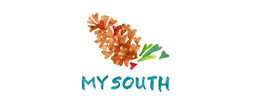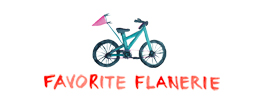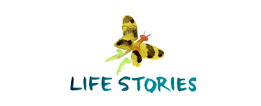A few weeks ago I shared some thoughts on responsible Facebook marketing for businesses in part 1 of this article. My comments centered on the important impression it makes for businesses to market within the Facebook Terms of Service when using this ever-growing social networking website. Since the Facebook Terms of Service disallow users from conducting more than one “profile”, I recommend that users set up their business Facebook presence in the “page” format. While I appealed to our need for responsible (and TOS-abiding) marketing as a way of setting examples of how to conduct business in this new digital age, I also promised some more concrete reasons in a future post.
Hello, part 2. Business ethics aside, using the Page format rather the Facebook Profile option just makes good marketing sense. And, here are 5 reasons why…
1. Pages look like businesses. There are quite a few business or organization options that are available when setting up a Page format in Facebook. Creators can choose ptions like restaurant, retail, professional organization, and many other specific business types. Facebook allows Pages to be designated as a local business; a brand, product or organization; or an artist, band or public figure. Each option has built-in display items for information that is relevant to the specific type of entity. Options like hours of operation, service listings, mission statements and products are just a few of the items you can include in the information displayed on your page. On the other hand, Profiles look like people. So, your business information looks amateurish at best. Businesses don’t have birthdays, favorite quotes and movies, or many of the other items displayed in the standard Profile. In trying to apply normal business information to this more personal format, your message becomes clunky, or even confusing.
2. Pages offer business-friendly application options. These applications can enhance your Facebook marketing efforts, but many aren’t available for use on Profiles. You can add custom tabs to your Page with specific company information, integrate FB with your other social media outlets and channels, import blog feeds, post slide or powerpoint presentations, and much more by adding applications to your Page.
3. Pages give fans instant gratification. In the Profile format, users request a “friendship”, but must wait for confirmation. Even if it’s only a few minutes or hours, you’ve lost that potential customer or contact’s interest in your business. When a user “likes” a Facebook Page, they immediately gain access to all the Page has to offer, and your posts begin showing up in their stream. Yes, they can immediately begin interacting with your page with wall posts or comments based on your page settings, which can be risky. But, that opportunity fosters an open relationship of engagement with a potential client — the hallmark of doing business in a social environment.
4. Pages include a helpful set of analytics about page use. Unlike Profiles, Facebook provides data on who is interacting with your Page and how. Brief statistics are part of your account notifications and more detailed information is available to any Page administrator. These stats can help you gain a better understanding of which Facebook marketing approaches are gaining the best response from fans.
5. Pages allow for multiple administrators. While the Terms of Service disallow passing around your password information for FB Profiles, the Page format allows the creator to designate multiple administrators who can edit settings, make posts and add features to the Page. This feature is particularly helpful for organizations who may need multiple staff to be able to promote their projects on Facebook. It also helps ease the burden of maintaining a consistent message in this social outlet.
To make this a well-rounded post, there are also a couple of drawbacks I see in the current Facebook Page format. I’ve noticed quite a few requests in the FB discussion boards for development changes surrounding these two issues, and it’s possible solutions will be developed and implemented into the Page structure.
1. Pages do not currently provide notification of fan wall posts or comments. If an administrator has “liked” or commented on a post already, he will receive notification of any subsequent interaction with the post. However, there is not a vehicle for alerting administrators of new posts or comments.
2. Pages are not specifically tied to the Facebook advertising opportunities. Only profiles are enabled with administrative privileges for the FB pay-per-click ad options. Any ads related to a Page must be administered by a specific profile user. The option to place ads or change them isn’t possible for multiple Page administrators. In addition, a user can only have one credit card listing on file for advertising. So, multiple pages administered by the same user can not have separate credit card payment options designated.

 Hello & welcome! I’m Haley Montgomery, and I’m the designer and owner of
Hello & welcome! I’m Haley Montgomery, and I’m the designer and owner of 















